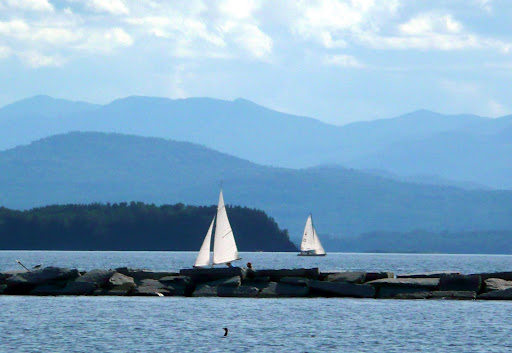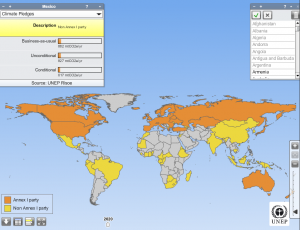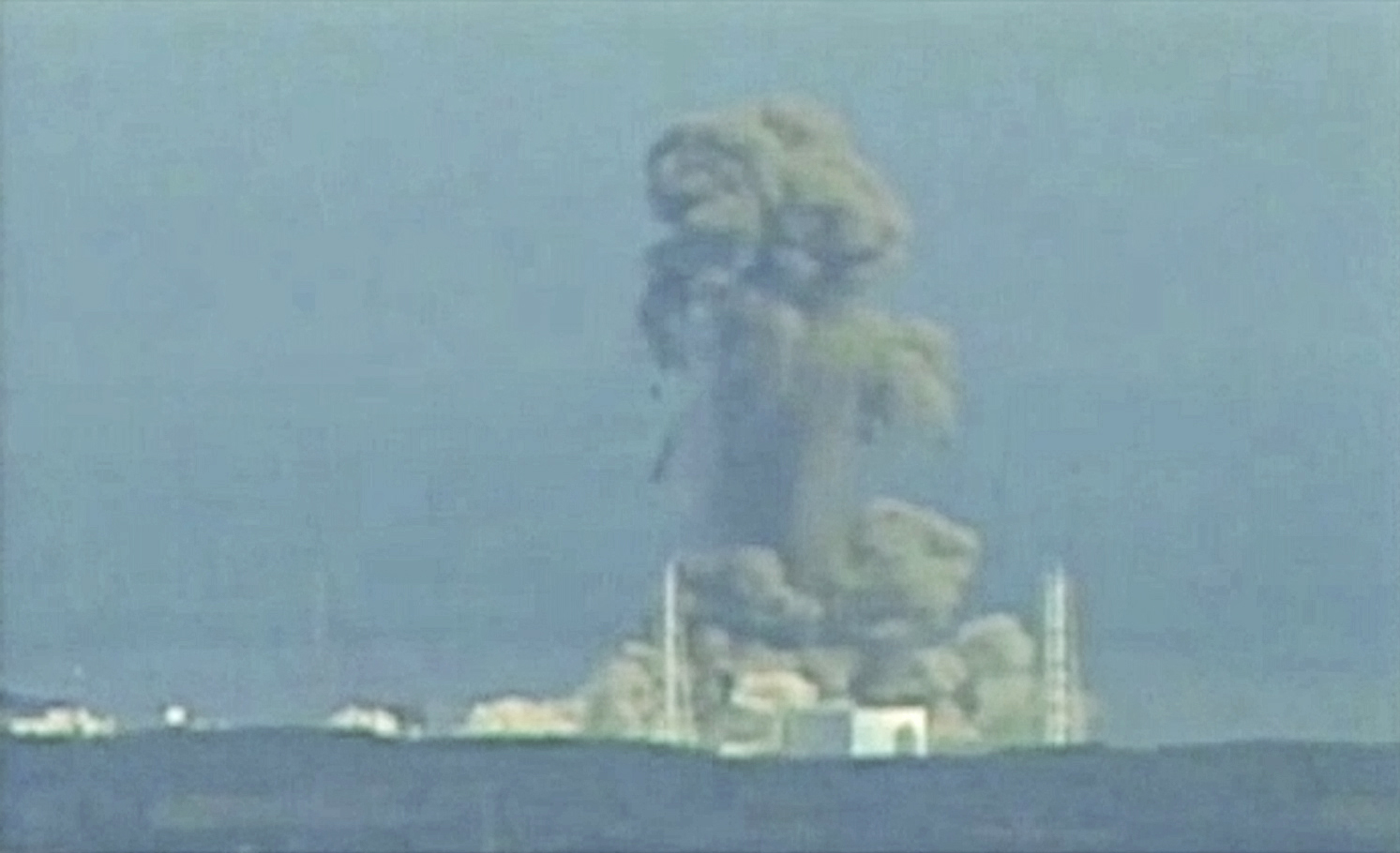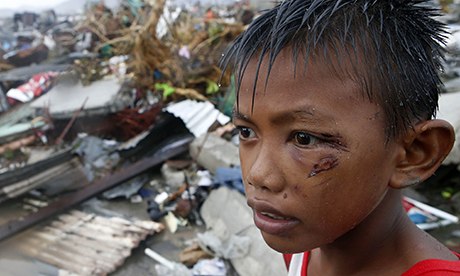
Elephants, Ivory, and Justice
Guest Poster: Katie Theiss, Middlebury Class of 2014
Poaching and the illegal ivory trade hit record numbers in 2011, with around 25,000 African elephants killed, and levels of trade may be even higher this year, according to GreenWire. Driven by poverty and corruption in the supplying countries, the illegal ivory trade network has been met with increasing demand in Asia.
Poaching is an issue of environmental justice. Often times, communities that have been forcefully removed from their homes by conservation groups in order to make way for protected areas resort to poaching as, first, a reaction against the injustice of being removed from their land, and, second, a reaction against seeing a valuable food resource go to waste. Impoverished communities that lie on the outskirts of protected areas, known as “conservation refugees,” often poach in order to survive.
This, however, is not to excuse the damage done to wildlife by poachers. Animal rights groups estimate that poachers in Africa kill between 25,000 and 35,000 elephants annually, meaning 104 elephants die a day. And, of the 157 poaching-related cases detected in Kenya in the past three years, less than five percent have been prosecuted and only three of those convicted were sentenced to jail. The illegal poaching trade is an international network that brings in 17 billion dollars a year. Because of this, experts warn that Africa could lose 20 percent of its elephant population within a decade.
In the first-ever meeting focusing on the dynamics of the entire ivory value chain, which took place in Botswana on Tuesday, December 3rd, 2013, 30 countries agreed, and 6 countries signed a pact, to take “urgent measures to halt the illegal trade and secure elephant populations across Africa.” All of the major countries involved with the ivory trade agreed to the provisions, including the elephant range states, which are Gabon, Kenya, Niger, and Zambia; the ivory transit states, which are Vietnam, Phillipines, and Malaysia; and the ivory destination states, which are China and Thailand.
An especially key signature on the treaty is China, which buys 70% of the world’s ivory. In fact, a spokesman for the International Union for Conservation of Nature, which organized the summit with the Government of Botswana, revealed that it was China who made the suggestion that the illegal trade should be eliminated and that supply and demand should be reduced.

Interactive Link on Ivory Trade
14 measures will be put in place in order, including the classification of the trafficking of ivory as a “serious crime.” This treaty paves the way for international cooperation on this issue, including mutual legal assistance, asset seizure and forfeiture, and extradition.
This treaty is an encouraging example of governance on an issue that requires a multidimensional and international response. While criminalizing the ivory trade may decrease elephant poaching, it does not necessarily solve one of the root causes behind poaching, which is the extreme poverty and environmental injustices caused to communities on the outskirts of protected areas. It is, however, a start.















